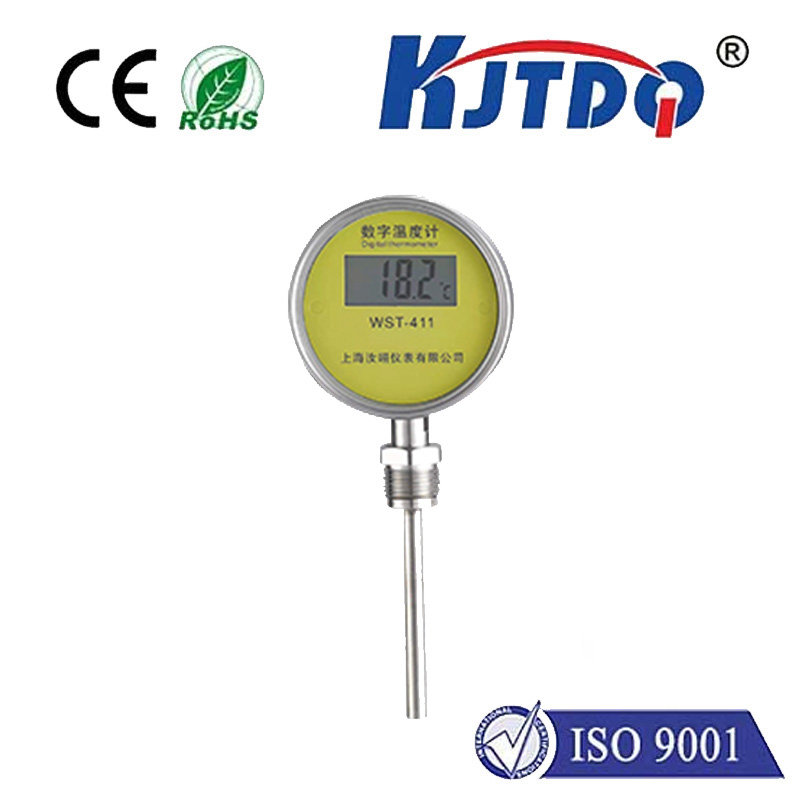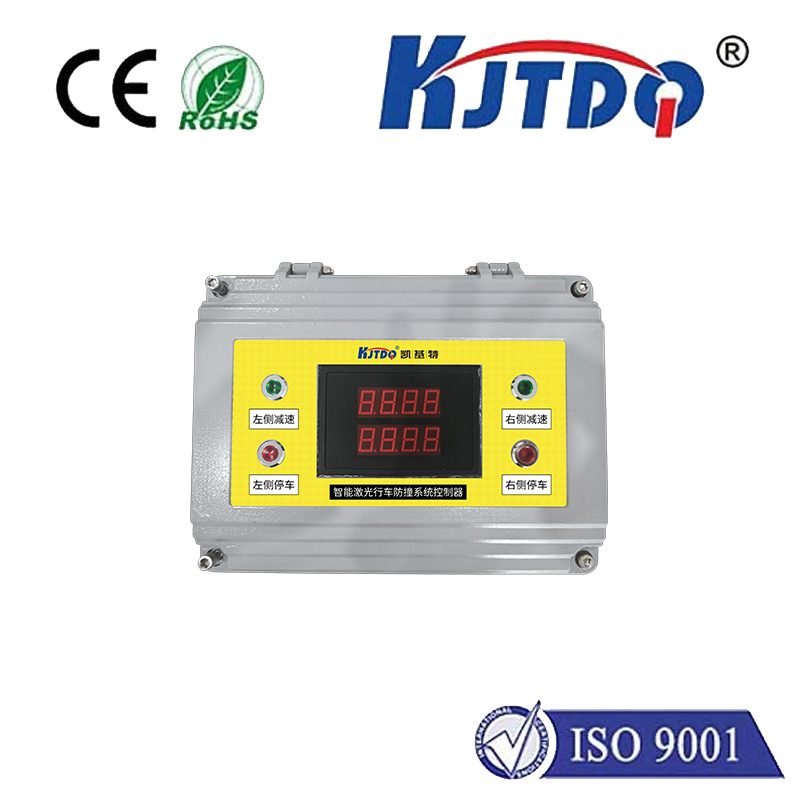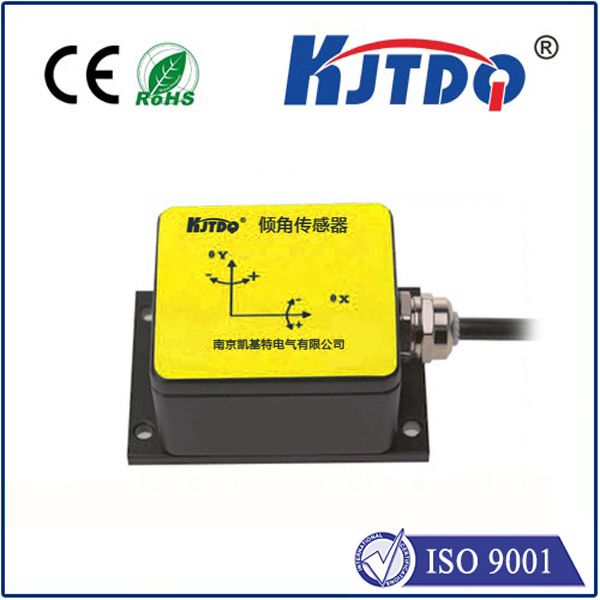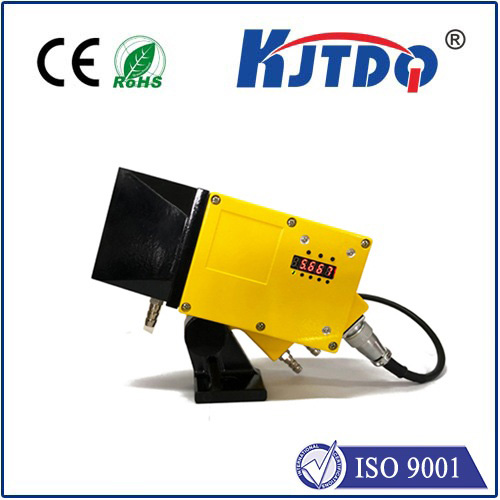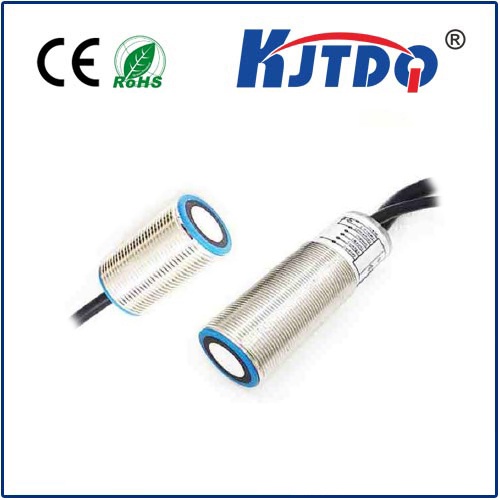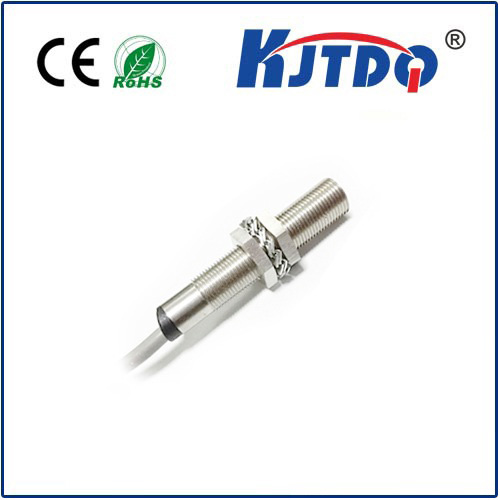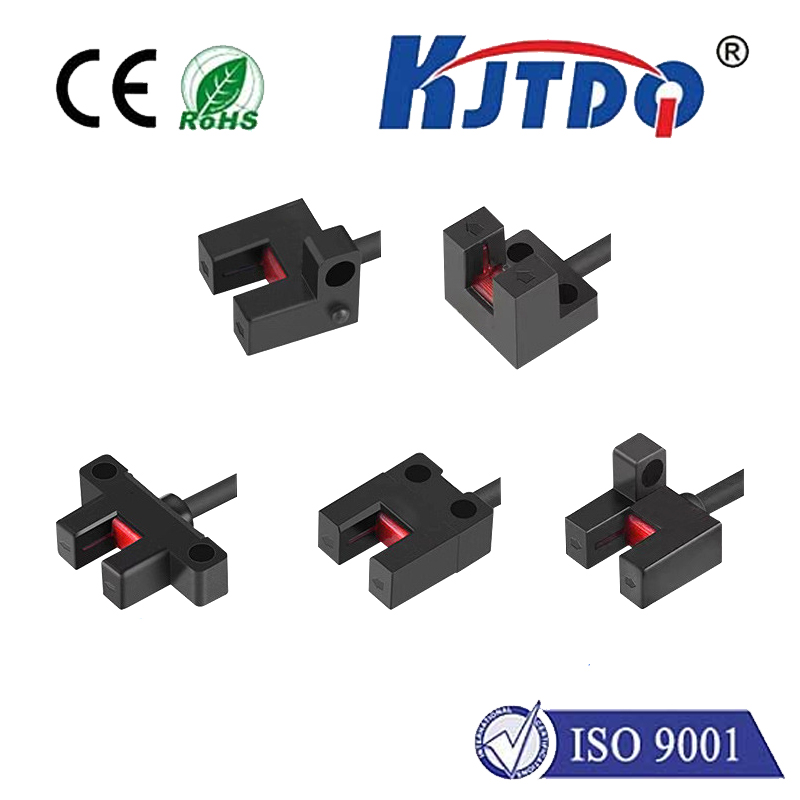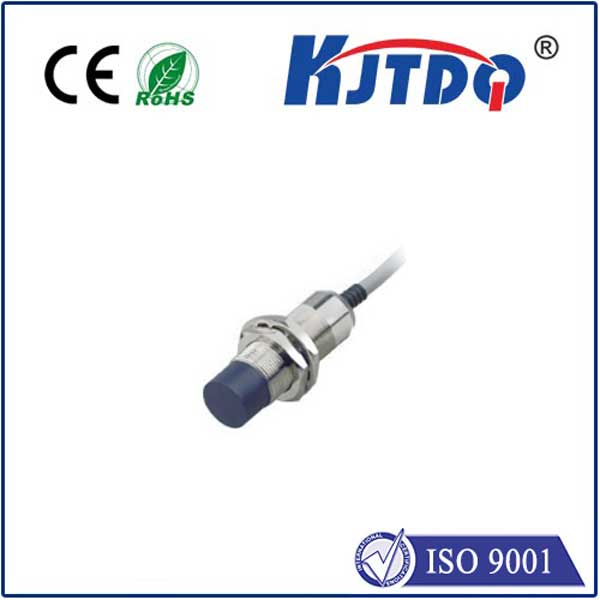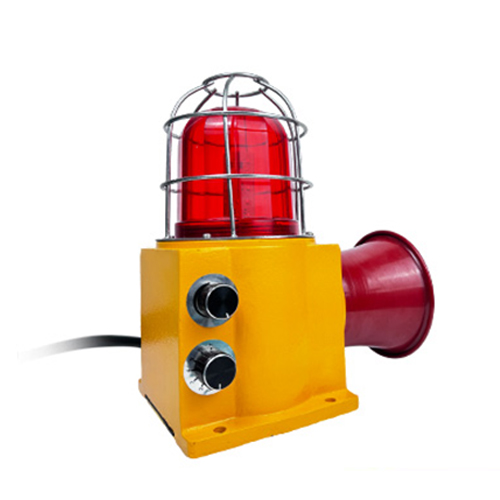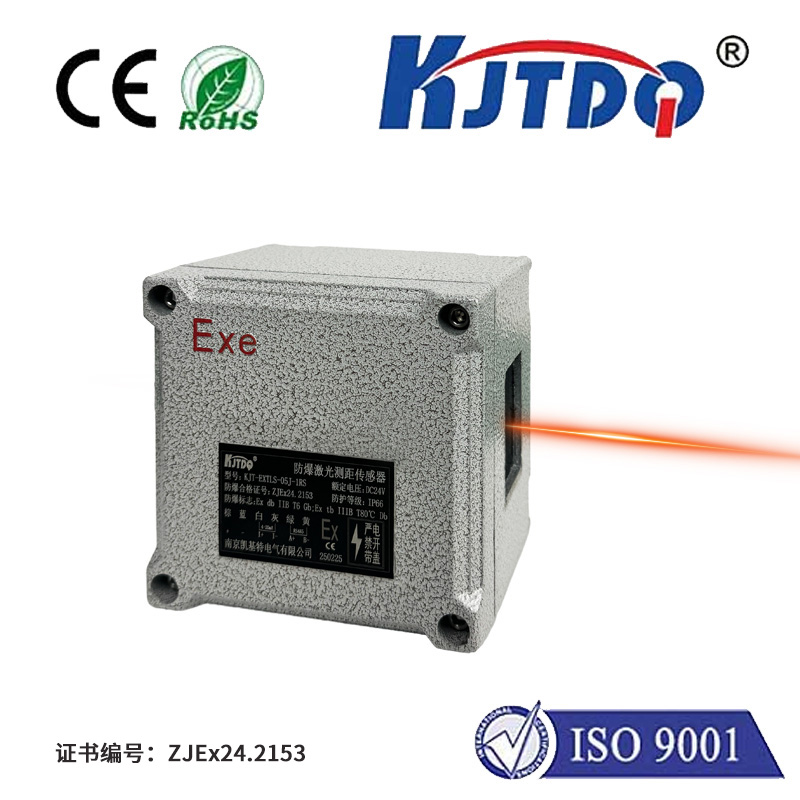

check

check

check

check
Optimizing Precision with PR-F51C3PD Photoelectric Sensor: Enhancing Industrial Automation
In today’s fast-paced manufacturing environment, the integration of advanced sensors is crucial for ensuring efficiency, accuracy, and safety. Among the many types of sensors used in industrial automation, the PR-F51C3PD photoelectric sensor stands out as a reliable and versatile tool that enhances the performance of various systems. This article explores the key features, applications, and benefits of the PR-F51C3PD photoelectric sensor, providing readers with a comprehensive understanding of its role in modern automation.
The PR-F51C3PD photoelectric sensor is designed for high-precision detection in environments where clarity and reliability are essential. It uses a combination of light-emitting diodes (LEDs) and photodetectors to detect objects or materials in real time. The sensor’s optical module is engineered to operate efficiently in a wide range of temperatures and light conditions, making it suitable for use in both controlled and uncontrolled environments. This adaptability ensures that the sensor can be effectively deployed in a variety of industrial settings, from automated sorting systems to quality control processes.
One of the most significant advantages of the PR-F51C3PD is its ability to distinguish between different materials and objects. The sensor uses a light-based detection method that allows for precise measurement and identification. This feature is particularly valuable in applications where the presence or absence of an object must be accurately determined, such as in packaging lines, conveyor systems, and material handling equipment. The sensor’s high sensitivity ensures that even small objects or lightweight materials can be detected without false positives or missed detections.

The PR-F51C3PD is also designed with durability and longevity in mind. The sensor’s rugged construction and protective coatings make it resistant to dust, moisture, and physical damage. This ensures that it can operate continuously in demanding environments, minimizing the need for frequent maintenance and replacement. Additionally, the sensor’s low power consumption makes it an energy-efficient solution, which is highly beneficial for cost-saving in industrial operations.
In terms of integration, the PR-F51C3PD is compatible with a wide range of industrial control systems and software platforms. This compatibility allows for seamless incorporation into existing automation frameworks, reducing the need for significant system overhauls. The sensor’s digital output provides real-time data, which can be used to control motors, regulate processes, and monitor performance. This real-time feedback is essential for maintaining optimal operation and improving overall system performance.
Another key feature of the PR-F51C3PD is its ability to support multiple detection modes. This means that the sensor can be configured to detect objects in different ways—such as through light reflection, light absorption, or light transmission. This flexibility allows users to tailor the sensor’s functionality to specific applications, ensuring that it meets the unique requirements of each industrial setup.
In addition to its technical capabilities, the PR-F51C3PD sensor is also known for its ease of installation and configuration. The sensor comes with clear instructions and user-friendly interfaces, making it straightforward for operators to set up and use. This reduces the learning curve and ensures that users can quickly get to full operational capacity.
The versatility of the PR-F51C3PD makes it an ideal solution for a wide range of industries. From food processing to automotive manufacturing, this sensor is widely used in applications where precise and reliable detection is critical. Its ability to operate in different environments and its compatibility with various control systems make it a preferred choice for manufacturers seeking to improve efficiency and reduce operational costs.
As industrial automation continues to evolve, the role of sensors like the PR-F51C3PD becomes increasingly important. By providing accurate, real-time data and reliable performance, these sensors help drive innovation and improve the overall efficiency of industrial processes. Whether in a factory line or a quality control station, the PR-F51C3PD sensor is a valuable asset that contributes to the success of modern manufacturing operations.
In summary, the PR-F51C3PD photoelectric sensor is a powerful tool that enhances the precision and reliability of industrial automation. With its advanced features, durability, and flexibility, it offers a dependable solution for a variety of applications. By integrating this sensor into industrial systems, manufacturers can achieve greater efficiency, accuracy, and safety in their operations.
